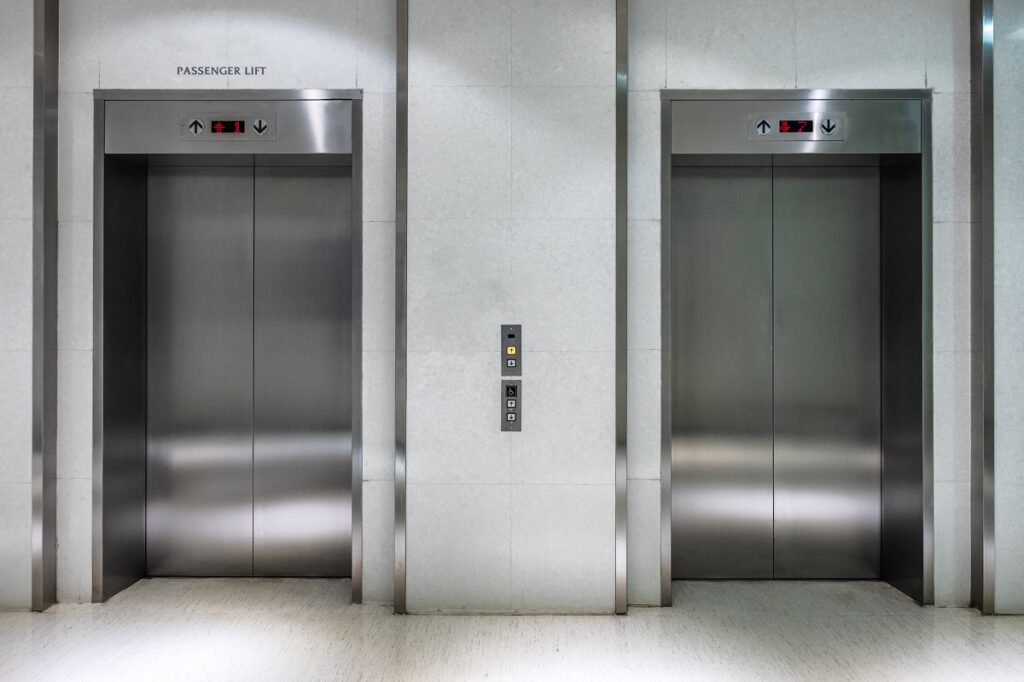Discover the Remarkable Types of Elevators You Never Knew Existed
Elevators are an essential part of modern life, as they provide a means of vertical transportation in buildings across the world. But have you ever thought about the different types of elevators available and how they’re utilized in various settings? In this comprehensive guide, we will explore the world of elevators, delving into the types of residential elevators, home elevators, and the various types of elevators found in buildings. Let’s embark on this exciting journey and discover the wonders of elevators you never knew existed.
Table of Contents
- Types of Elevators: An Overview
- Types of Residential Elevators
- 2.1. Hydraulic Elevators
- 2.2. Pneumatic Vacuum Elevators
- 2.3. Traction Elevators
- Types of Home Elevators
- 3.1. Wheelchair Platform Lifts
- 3.2. Stair Lifts
- 3.3. Smart Elevators
- Types of Elevators in Buildings
- 4.1. Passenger Elevators
- 4.2. Freight Elevators
- 4.3. Service Elevators
- Types of Elevators According to Use
- 5.1. Emergency Elevators
- 5.2. Observation Elevators
- 5.3. Double-Decker Elevators
- FAQs
- Conclusion
Types of Elevators: An Overview
The world of elevators is vast and diverse, with numerous options designed for specific purposes. In the following sections, we’ll explore the different types of elevators, residential and home elevators, and their uses in various buildings. Here’s a quick snapshot of the main types:
- Hydraulic Elevators
- Pneumatic Vacuum Elevators
- Traction Elevators
- Wheelchair Platform Lifts
- Stair Lifts
- Smart Elevators
- Passenger Elevators
- Freight Elevators
- Service Elevators
- Emergency Elevators
- Observation Elevators
- Double-Decker Elevators
Types of Residential Elevators
Residential elevators provide a convenient and accessible mode of transportation within private homes. They come in several different types, catering to various needs and budgets.
Hydraulic Elevators
Hydraulic elevators are a popular choice for residential use due to their smooth operation, reliability, and low noise levels. They work by utilizing a hydraulic piston and a fluid-driven system to raise and lower the elevator cab. These elevators can easily be retrofitted into existing homes, and they require a separate machine room to house the hydraulic system.
Pneumatic Vacuum Elevators
For a sleek and modern residential elevator option, pneumatic vacuum elevators are the way to go. They utilize air pressure to move the cab up and down within a cylindrical tube, making them energy-efficient and easy to install. No machine room is required, making them an excellent choice for smaller homes or tight spaces.
Traction Elevators
Traction elevators use a system of counterweights and ropes or cables, driven by an electric motor, to raise and lower the elevator cab. They offer a smooth ride, higher speeds, and the ability to service taller buildings. Traction elevators are available in geared and gearless variants, depending on the required speed and height. However, they usually require more maintenance and a machine room for the motor and control equipment.

Types of Home Elevators
Home elevators provide convenience, accessibility, and independence for people with mobility challenges. Let’s take a look at some popular options for home elevators.
Wheelchair Platform Lifts
Wheelchair platform lifts are designed specifically to transport a person in a wheelchair between floors. They consist of a flat platform that moves vertically along a wall or guide rail. Platform lifts are a cost-effective and space-saving solution, often requiring minimal structural modifications to the home.

Stair Lifts
Stair lifts are a popular option for those with limited mobility who still want to access different levels of their home. They consist of a motorized chair that glides along a rail mounted on the stairway. Stair lifts can be customized to fit curved or straight staircases and come in various designs to match your home’s interior.
Smart Elevators
Smart elevators bring cutting-edge technology to the world of home elevators, using sensors, artificial intelligence, and IoT integration to provide a seamless and personalized experience. Features may include voice control, touchless operation, and remote monitoring, ensuring the ultimate in convenience and accessibility.
Types of Elevators in Buildings
Various types of elevators are designed specifically for use in commercial, industrial, or public buildings, each serving a unique purpose.
Passenger Elevators
Passenger elevators are the most common type found in commercial and public buildings. They come in various sizes and capacities, designed to transport people safely and efficiently between floors. Modern passenger elevators often feature advanced technology, such as destination dispatch systems and energy-saving measures.
Freight Elevators
Freight elevators, also known as goods or cargo elevators, are designed to transport heavy loads in industrial or commercial settings. They typically have larger cabins, more robust construction, and higher weight capacities than passenger elevators. Freight elevators are commonly found in warehouses, factories, and storage facilities.

Service Elevators
Service elevators are specifically designed for transporting staff, maintenance equipment, and supplies in hotels, hospitals, and other large establishments. They are typically smaller than passenger elevators and may have a separate entrance to maintain privacy and avoid disrupting guests or clients.
Types of Elevators According to Use
Elevators can also be categorized based on their specialized applications or unique features.
Emergency Elevators
Emergency elevators are designed for use during emergencies, such as fires or power outages. They often have fire-resistant construction, backup power sources, and priority access for emergency responders.
Observation Elevators
Observation elevators, also known as panoramic or scenic elevators, feature large windows or glass walls that provide passengers with a view while they travel between floors. They are commonly found in hotels, malls, and tourist attractions.
Double-Decker Elevators
Double-decker elevators consist of two stacked cabins that transport passengers on two different floors simultaneously, maximizing efficiency in high-rise buildings. These elevators are typically found in large office buildings and skyscrapers.
Conclusion
The world of elevators is filled with remarkable variety, catering to various needs and applications. From residential elevators that offer convenience and accessibility, to commercial elevators designed for transporting heavy loads or providing stunning views, there is an elevator type for every situation. By understanding the different types of elevators, their uses, and the unique features they offer, you can make informed decisions when selecting the perfect elevator for your home, business, or public space. Elevate your life with the knowledge you’ve gained from this comprehensive guide, and enjoy the vertical journey!